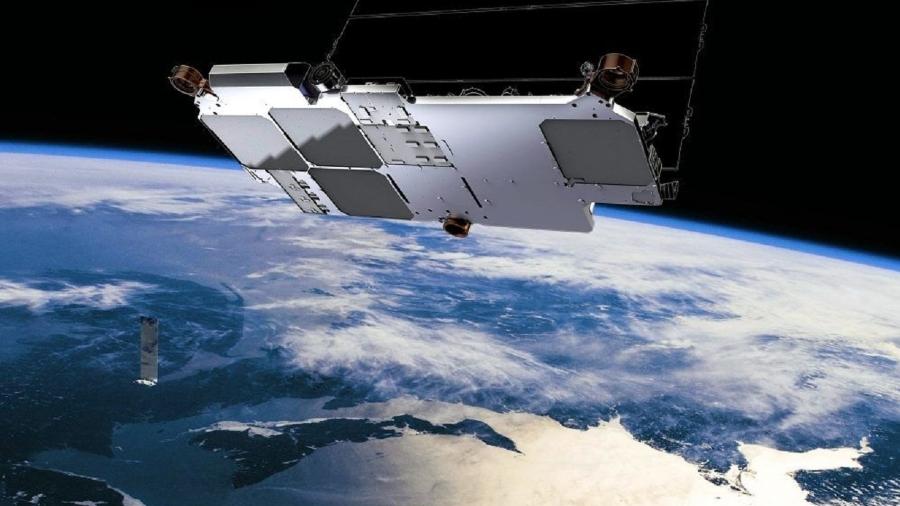Não é um OVNI: disco voador feito por humanos voa pela 1ª vez na China
Esse dia chegou. Um "disco voador" foi flagrado na China. Não se trata de uma invasão alienígena ou de OVNIs, mas, sim, do primeiro voo de um "veículo elétrico de pouso e decolagem vertical" (da sigla eVTOL) pilotado por humanos.
A aeronave foi feita pela empresa chinesa Shenzhen UFO Power Technology. Apesar de as imagens só terem sido divulgadas agora pela própria companhia, o voo teste ocorreu em 3 de junho.
Na prática, o "disco voador" chinês parece um drone gigante, capaz de pousar tanto em terra quanto na água.
Muito diferente da parafernália dos filmes de ficção científica, esse veículo aéreo voa com 12 hélices, possui um motor para cada uma delas.
Ele pode alcançar 200 metros de altura, ficar no ar por até 15 minutos e atingir 50 km/h.
E não ache que isso só acontece na China não, até a brasileira Embraer está desenvolvendo uma aeronave do tipo (só que mais no formato de um pequeno helicóptero). A previsão é que o teste real seja em 2024.
*Com informações de Reuters, DailyMail e ShenzhenPage


















ID: {{comments.info.id}}
URL: {{comments.info.url}}
Ocorreu um erro ao carregar os comentários.
Por favor, tente novamente mais tarde.
{{comments.total}} Comentário
{{comments.total}} Comentários
Seja o primeiro a comentar
Essa discussão está encerrada
Não é possivel enviar novos comentários.
Essa área é exclusiva para você, , ler e comentar.
Só s do UOL podem comentar
Ainda não é ? Assine já.
Se você já é do UOL, faça seu .
O autor da mensagem, e não o UOL, é o responsável pelo comentário. Reserve um tempo para ler as Regras de Uso para comentários.